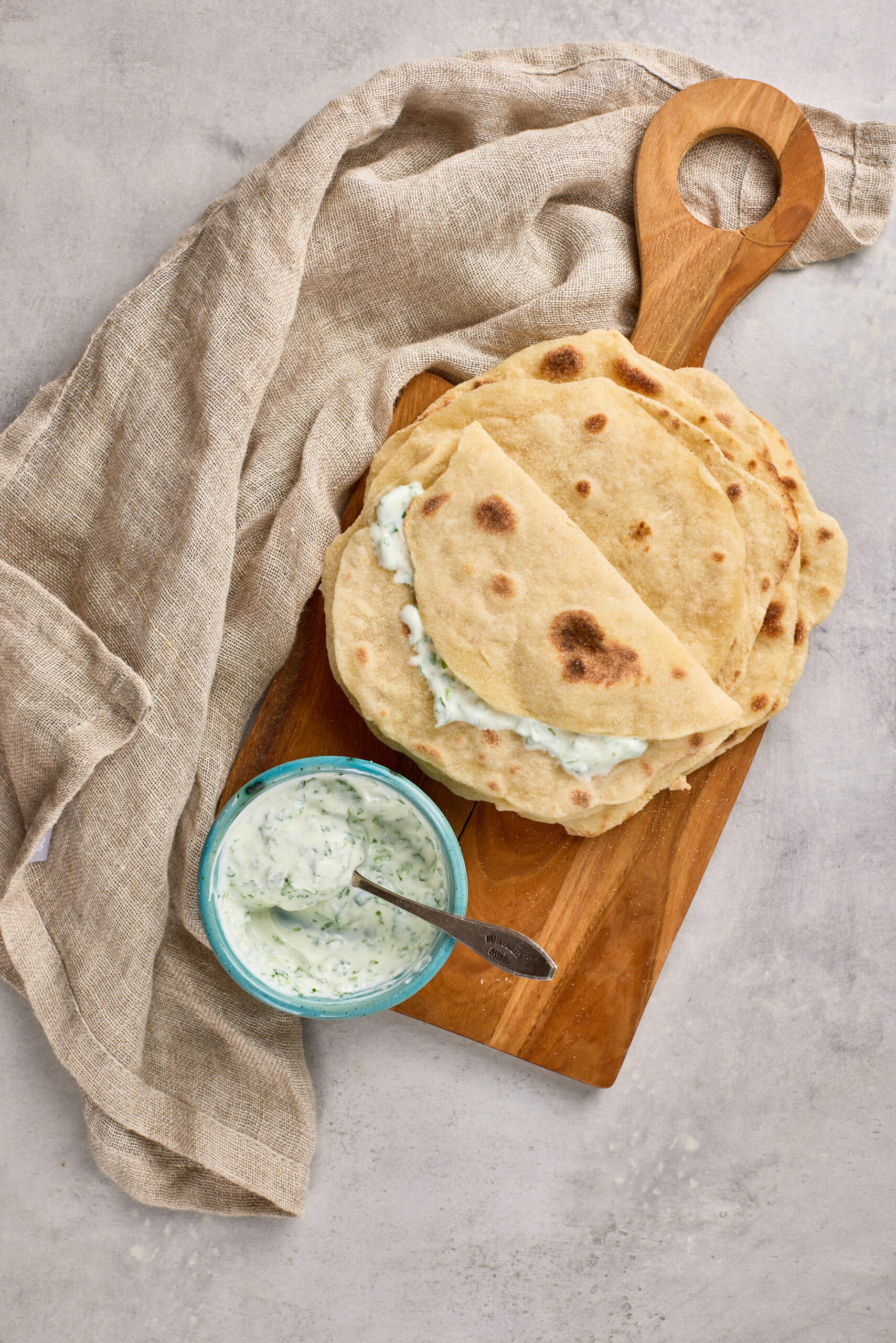
Jowar roti, also called jolada rotti or bhakri in different parts of India, is a wholesome flatbread made with sorghum flour. It’s a staple in many rural homes, especially in Maharashtra and Karnataka, where it’s enjoyed daily with vegetables, curries, or chutneys.
Because jowar flour is naturally gluten-free, making these rotis can be a little tricky at first, the dough doesn’t stretch the way wheat dough does. But with a little practice, you’ll get soft, earthy flatbreads that taste wonderful fresh off the griddle.
Many households make them by patting the dough by hand instead of rolling it, which gives the roti a slightly rustic texture. Jowar rotis are also valued for being light and easy to digest, making them a regular choice in warm regions where lighter meals feel better.
Why you’ll love my recipe
- Gluten-free, wholesome, and fiber-rich
- Soft and earthy flavor that pairs well with curries
- Just two ingredients plus water
- A traditional Indian bread with deep roots
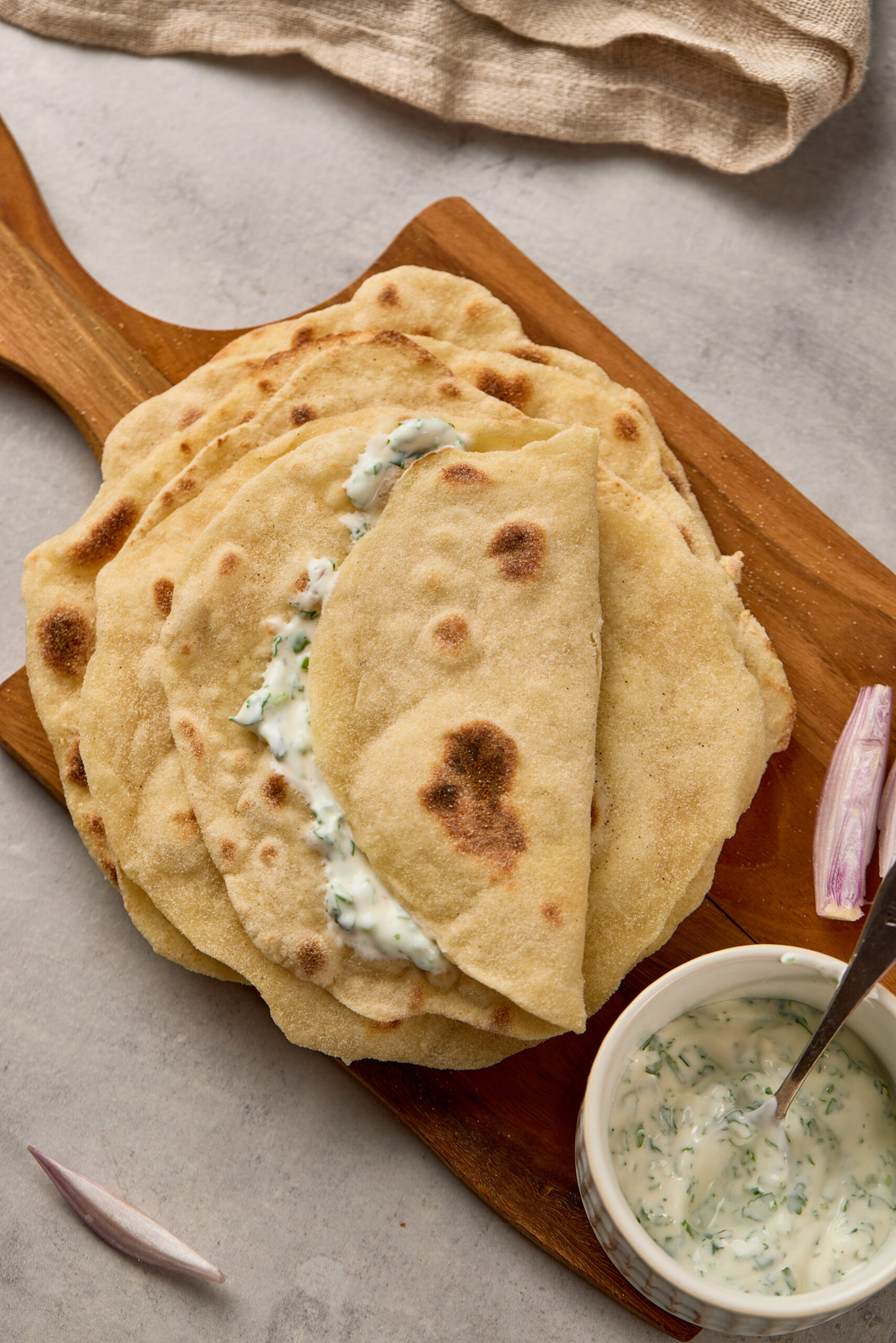

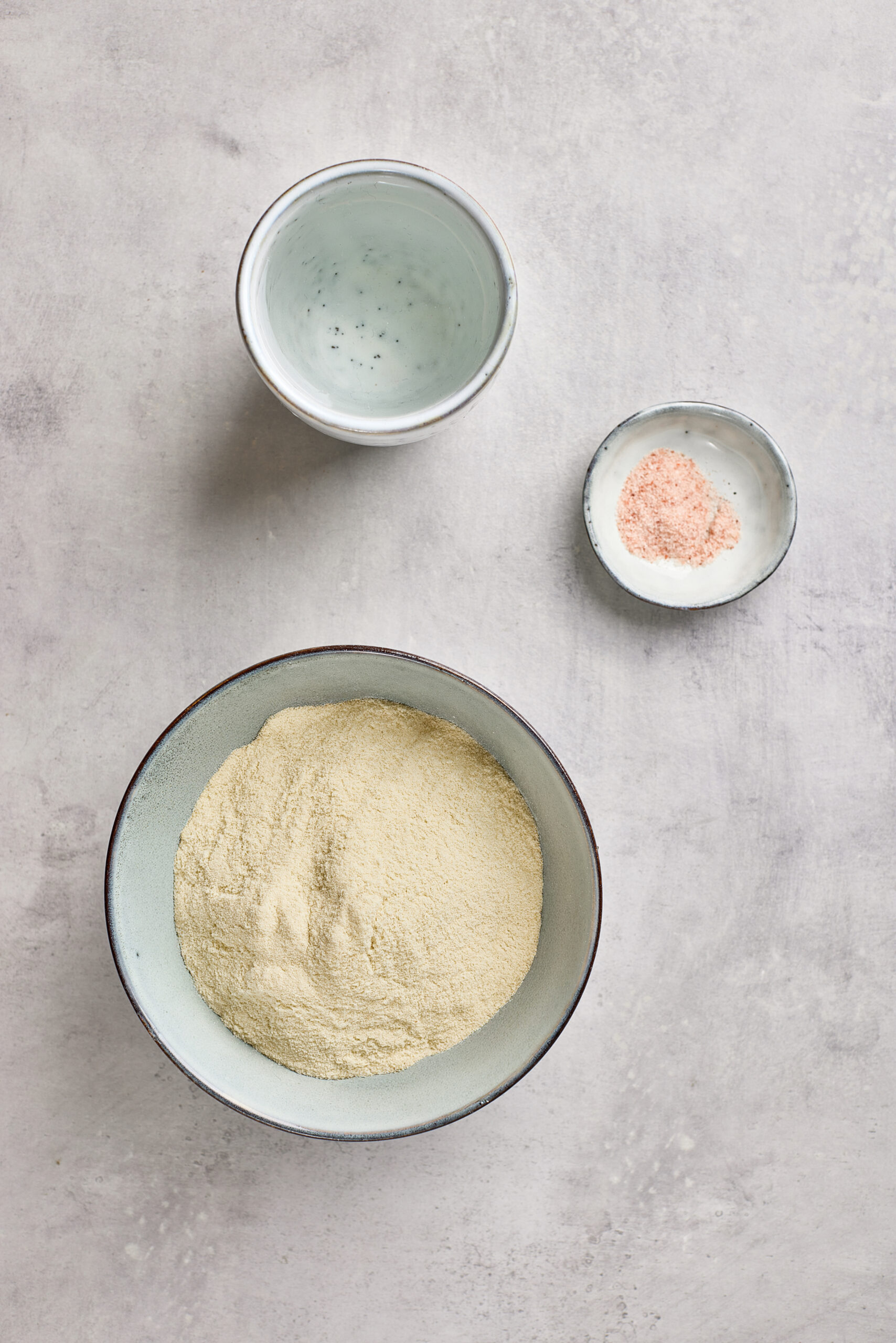
Jowar Roti
Ingredients
- 250 g jowar flour sorghum flour, plus extra for dusting
- 240 ml hot water
- Pinch of salt optional
Instructions
- Heat water until hot but not boiling.
- In a large bowl, add jowar flour and salt if using.
- Gradually pour in hot water, mixing with a spoon until it forms a dough.
- Knead lightly while still warm until smooth. Keep covered with a damp cloth.
- Divide dough into 6 balls.
- Dust a surface with jowar flour. Pat and flatten each ball into a circle about 6–7 inches (15–18 cm). You can use your hands or a rolling pin, but be gentle.
- Heat a tava or skillet on medium-high.
- Place roti on the hot pan. Cook until bubbles appear, then flip. Press gently with a spatula or cloth to help it puff.
- Cook until both sides have light brown spots.
- Serve hot with curry or chutney.
Notes
- Use warm water instead of hot water if the dough feels too sticky; adjust gradually.
- Mix in a tablespoon of wheat flour if you’re new to rolling millet rotis, it helps with binding.
- Replace plain water with hot milk for a softer texture and mild flavor variation.
- Knead the dough while it’s warm; sorghum flour absorbs water better this way.
- Keep the dough covered with a damp cloth to prevent it from drying.
- Pat the roti gently between your palms or on a rolling board using light pressure; too much pressure cracks the dough.
- Sprinkle dry jowar flour instead of wheat flour while rolling to keep it gluten-free.
- Dough is best used fresh but can rest for up to 4 hours at room temperature.
- Cooked rotis can be stored in a covered container lined with a clean cloth for up to 8 hours.
- For longer storage, refrigerate cooked rotis in foil and reheat on a tawa before serving.
- Serve with dal, sabzi, or spicy chutneys for a wholesome meal.
- Pair with yogurt and garlic chutney for a traditional Maharashtrian-style combo.
- Try with jaggery and ghee for a simple rustic treat.
- Add crushed garlic and green chili to the dough for a spiced version.
- Mix jowar flour with bajra or ragi for a multi-millet roti.
- Brush cooked rotis lightly with ghee and sprinkle sesame seeds for extra flavor.
Nutrition
FAQs
Is jowar roti gluten-free?
Yes, jowar (sorghum) flour is naturally gluten-free.
Why does my jowar roti crack?
The dough needs to be soft and warm. Add hot water gradually and handle gently.
Can I make jowar roti without a rolling pin?
Yes, many people pat it out by hand directly on the surface.
How do I store leftover jowar roti?
They’re best eaten fresh, but you can wrap in a cloth and keep for a few hours. Reheat on a skillet before serving.
If you loved this Traditional Jowar Roti, try it with my coriander mint chutney or a comforting toor dal and aloo mattar sabzi; the fresh chutney adds brightness, while the dal and spiced sabzi bring warmth and comfort to every bite. Together, they create a meal that’s balanced, nourishing, and deeply rooted in everyday Indian cooking.
If you try this, I’d love to hear how it worked for you in the comments. For more traditional dishes and fresh ideas, you can follow here:


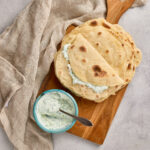
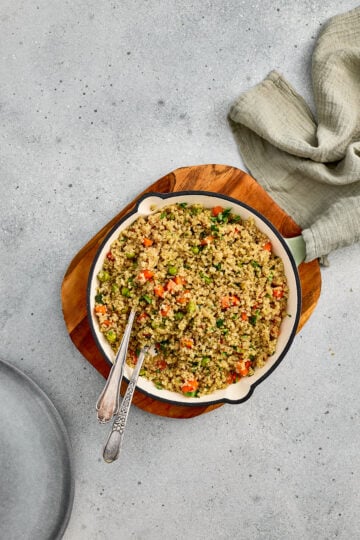
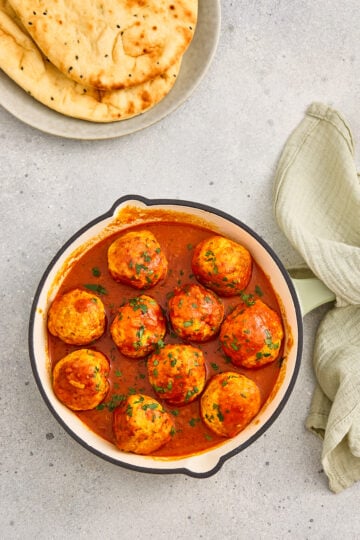
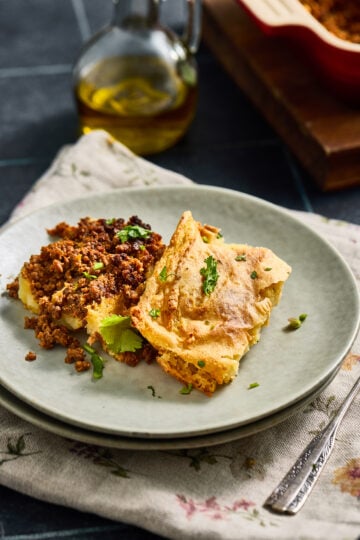

Have a question or something to share? Leave a comment below!